Invasive Species Spotlight: Small Carpetgrass (Arthraxon hispidus)
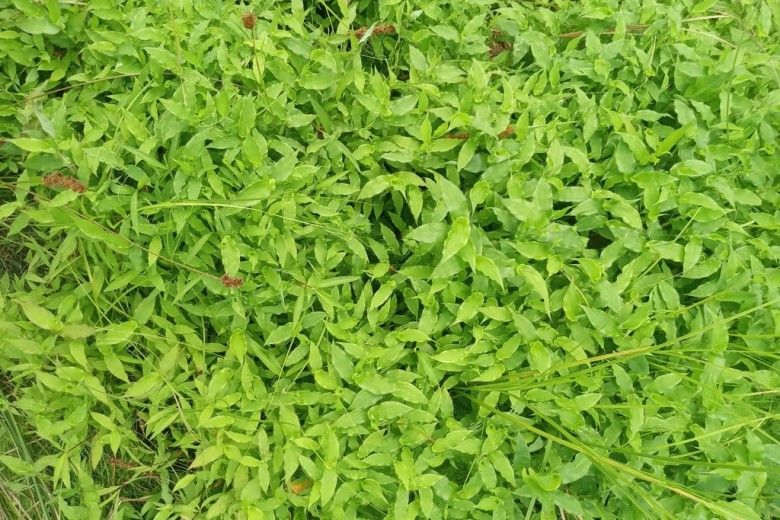
Arthraxon hispidus is a grass that goes by many common names including Joint-Head Grass, Hairy Joint Grass, Small Carp Grass and Creek Grass. In this invasive species spotlight, we’ll refer to it as Small Carpetgrass to mirror how it is listed on the PA DCNR Invasive Plant List—where it was recently moved from the watch list onto the main list for being a significant threat to native plant communities.
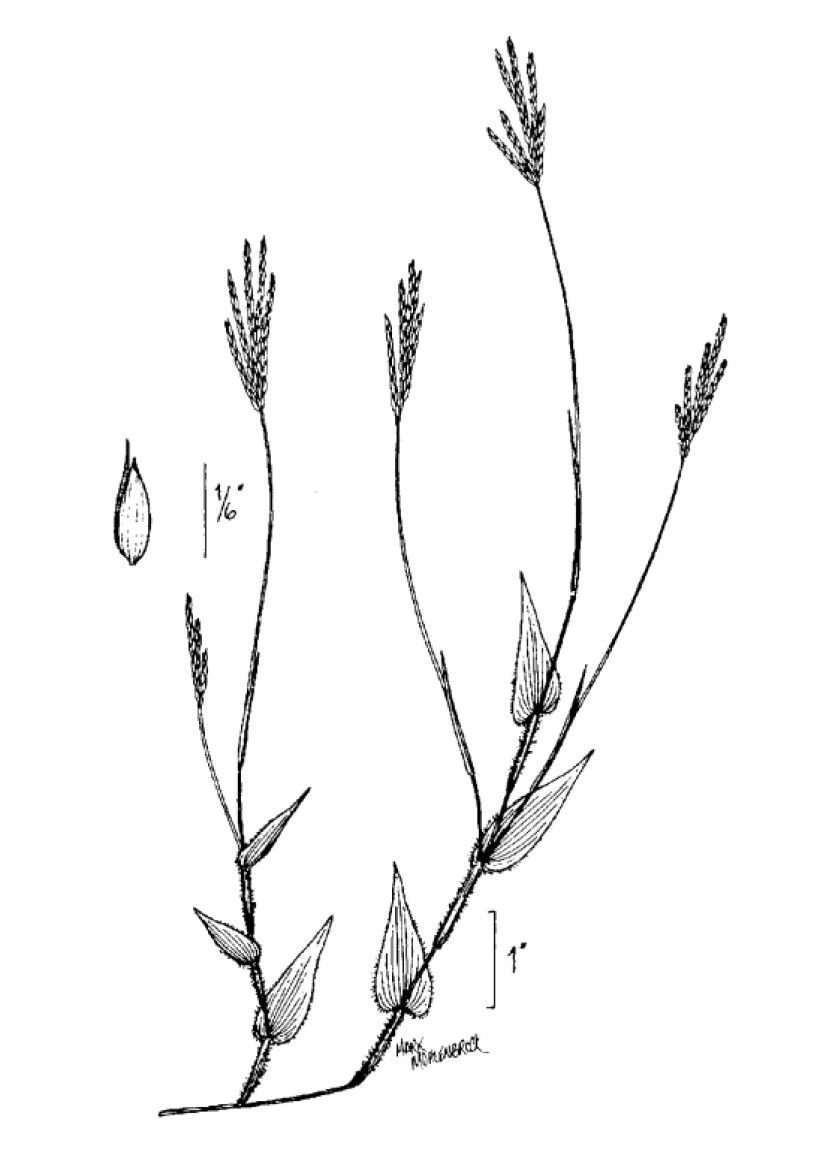
Pennsylvania is one of only 11 states that identify Small Carpetgrass as an invasive species, even though it has been observed along the east coast from Massachusetts to Florida, and as far west as Oklahoma. The population in Pennsylvania is currently limited to the southeastern and south-central parts of the state. This relatively small distribution makes early detection crucial to the state-wide management of this species.
Origin
Small Carpetgrass is native to eastern Asia including India, New Guinea, Japan, and Australia. The first taxonomical account of this species in the United States was in 1935. It was likely brought to the United States accidentally or for ornamental use. The invasive nature of this plant began to be noted in the 1970s, but it is slowly gaining more recognition after expanding its range to 26 different states.
Overview
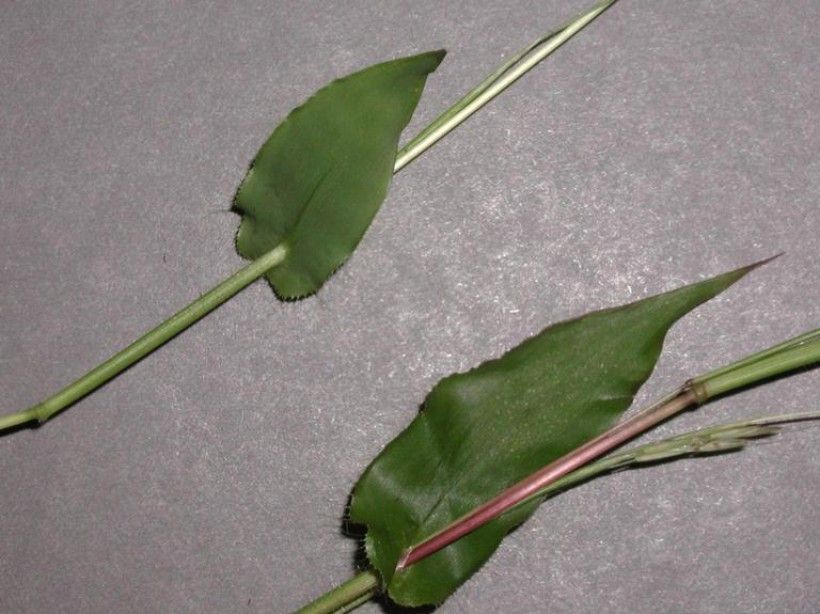
Small Carpetgrass is a creeping, low-growing grass that reaches about 18 inches in height. Leaves are ovate- or lance-shaped and fully or partially wrap around the stem with a hairy sheath. Leaf margins have long distinct hairs that set them apart from similar native grasses like Deertongue Grass (Dicanthelium clandestinum).
Flower spikes will appear in late summer or fall in digitate arrangements that are about 1.5-3 inches long. Flowers are green to purplish and produce small yellow seeds that are easily dispersed in wind or flowing water. This plant can behave as an annual or a perennial depending on conditions. It is very similar to another invasive grass, Japanese Stiltgrass (Microstegium vimineum), in that they both prefer disturbed sites with wet soil and lots of sun. In a habitat that meets these conditions, Small Carpetgrass will form wide mats that can smother native plant communities.
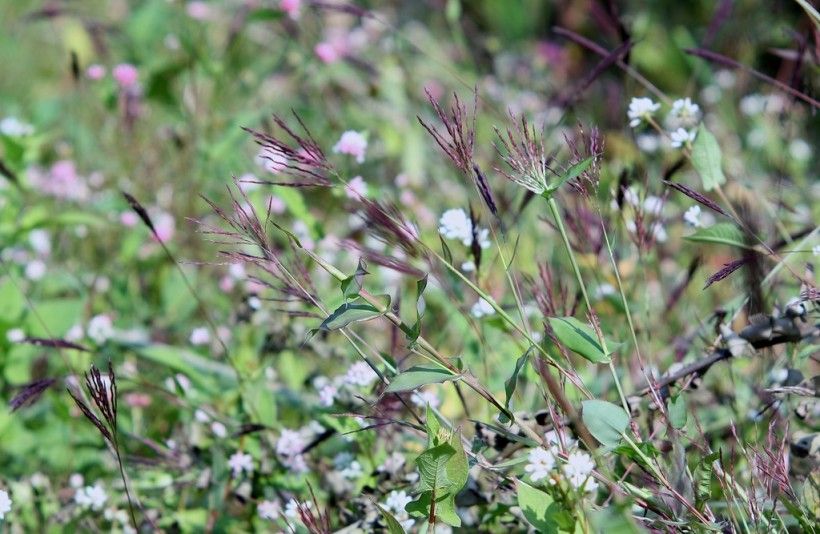
Control
Like many emerging invasive species, there is not a lot of information available on the behavior and ecology of Small Carpetgrass. This makes the task of managing this species more complicated. For this reason, a lot of natural resource professionals—including Brandywine Conservancy’s preserve managers—implement an approach called Early Detection Rapid Response (EDRR). The goal of EDRR is to identify invasive species before they establish and quickly analyze the potential threat so that an appropriate management or eradication plan can be developed. This ends up saving time and resources compared to long-term management of an already established invasive species population.
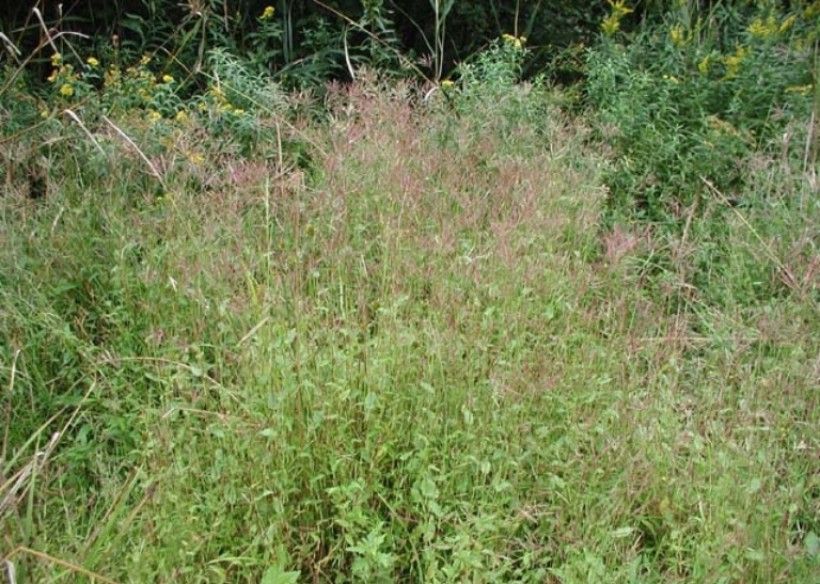
Another component of EDRR is the reporting of new invasive species populations to public databases like EDDMapS so that natural resource professionals and others can fully understand the distribution of a certain species and plan accordingly. You may already be familiar with how this process works from when the Spotted Lantern Fly was first detected in Berks County, PA. Most of the early information and regulations associated with Spotted Lantern Fly were a result of the EDRR process.
When it comes to responding to new populations of Small Carpetgrass, there are a couple of options. Small patches can be removed manually either by hand pulling or mowing. This should be done before seeds are produced in late summer. The other option is to use an herbicide application. Brandywine preserve staff have observed excellent success with the pre-emergent herbicide pendimethalin. However, pendimethalin requires an herbicide applicator license and is not approved for use in wetland areas. Post-emergent control with a wetland-safe glyphosate product or a sethoxydim product would be a good alternative.
References
- The North Carolina Extension Gardener Plant Toolbox: "Arthraxon hispidus"
- Tennessee Invasive Plant Council: "Plant Details, Arthraxon hispidus"
- Queensland Government: "Species Profile—Arthraxon hispidus"
- Invasive Plant Atlas of the United States: "Small carpet grass, joint-head grass"
- PA DCNR: "Invasive Plants in Pennsylvania: Small Carpetgrass, Arthraxon hispidus"
- Connecticut Invasive Plant Working Group: "Arthraxon hispidus—Hairy Jointgrass"
Header image:
Small Carpetgrass (Arthraxon hispidus). Photo © Richard Gardner (CC BY-NC 4.0)